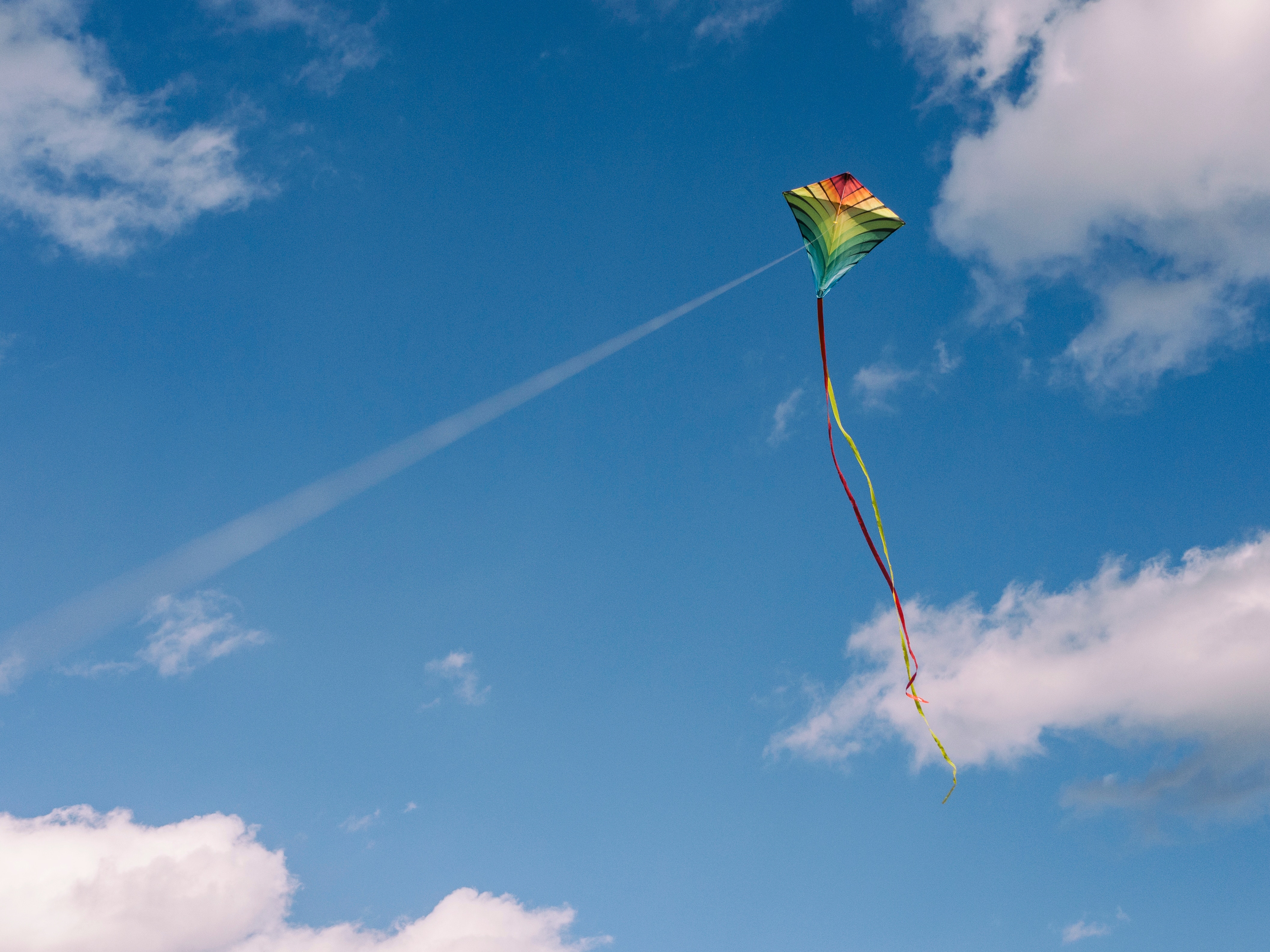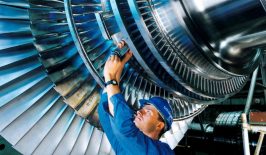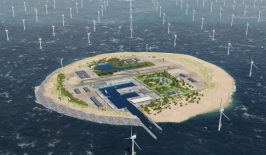The large majority of the clean power produced in the European Union comes from wind energy. It’s the second largest form of power capacity after gas, and in the 28 countries of the EU last year, wind energy produced a total of 170,000 Megawatts, the equivalent of around 10 per cent of Europe’s electricity, with predictions that it will provide up to around 30 per cent by 2030.
But there’s still room for improvement when it comes to the efficiency of wind power. The constantly changing wind speeds and the substantial material requirements (all the metal parts needed to construct the turbines) of the current system have led scientists to come up with innovative new ideas (like constructing whole artificial islands) and corporations such as Google and E.ON to make million dollar investments in future tech. And current developments are going up, up, up, into ever higher heights, where the wind is stronger and steadier. Drones or other light airborne devices could hold the key.
The Wind Park of the Future Learns to Fly
Currently wind turbines catch the breeze at a height of around 200 metres. But at heights of around 300 to 400 metres, there are steady, stronger winds, that would guarantee a huge increase in performance. A doubling of wind speed results in an eight-fold increase in energy production. Drones and flying devices could make it possible to reach the stronger, higher winds that traditional turbines never could. And replacing a grounded with a flying turbine would mean a saving on materials of around 95 per cent, because there’s no need for the huge base, blades or other parts that we’re so used to seeing.
With these kind of systems, energy is transformed into electricity either on the ground or directly in the air. German company Enerkite has gone for the first option. Connected to a winch and a generator, a mixture of kite and glider flies high in the air and produces energy in two phases, called the yo-yo concept. First the device flies cross-wind, unfurling the wire cable connected to it with optimum force and speed. It then glides back to the starting point and the drum drive on the ground produces electrical power from the torque of the unfurling cable.
American startup Makani, (supported by Google since 2013 and estimated to receive around 40 million dollars each year from the internet giant) has developed a system that produces the energy directly in the air. Similar to a traditional turbine system, the drones have rotors and a generator installed, and the energy is transported to the ground via a carbon fibre cable. Both the American and the German windborne energy systems are mobile and could therefore be used to produce electricity in areas with difficult access.
Drawbacks to Flying Wind Power Stations
Will flying wind parks soon be a familiar sight? Probably not for a while yet. While Nasa and various universities are also joining in the race to get these kinds of systems off the ground (quite literally) the technology is still in its infancy and currently is only able to produce small amounts of electricity. The prototypes also run the danger of crashing or getting blown off course, while the constant buffeting by strong winds means a high amount of material wear not to mention the dangers posed by storms and lightening.
And when it comes to logistics, no-fly zones would have to be organised to avoid the danger of these airborne objects colliding with other aircraft. Experts estimate that it will be at least another five to ten years before the systems are developed enough to allow for mass production.
This is a translation by Marisa Pettit of an original article which first appeared on RESET’s German-language site.






